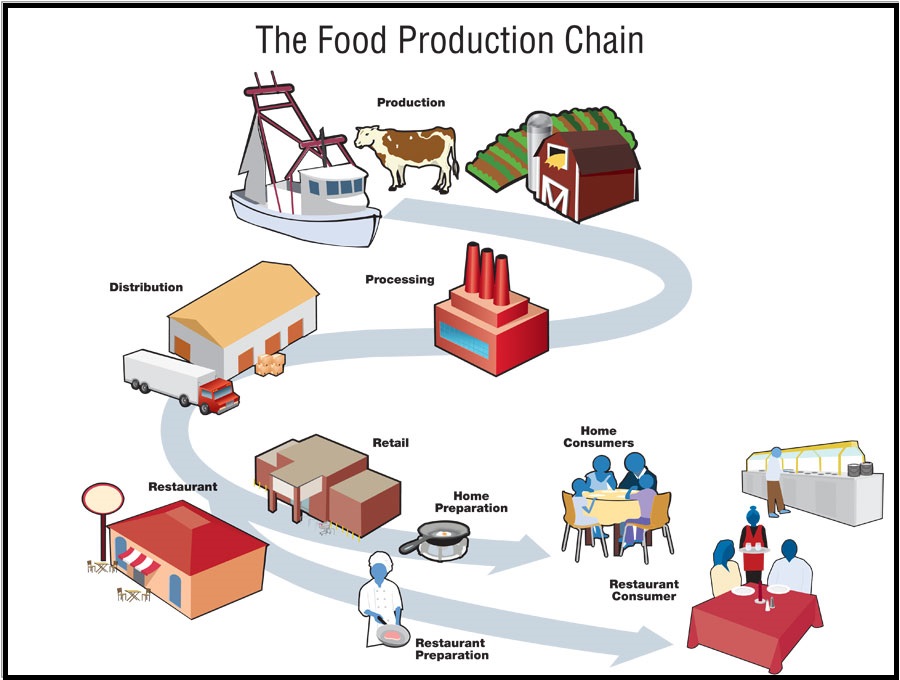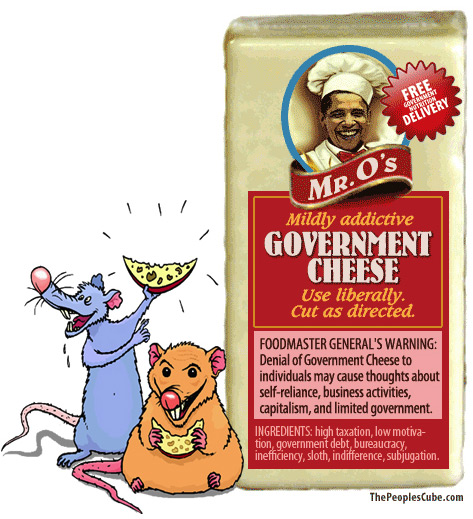The “producer price index” is essentially the tracking of wholesale prices at three stages: Origination (commodity), Intermediate and Final. The Bureau of Labor and Statistics (BLS) released stunning price data [Available Here] showing a dramatic 7.8% price increase in Final Demand products at the wholesale level.
 When you see the wholesale level of prices almost double the increase in consumer level inflation rate, you can predict that consumer prices will likely go even higher. The future finished goods at a retail level will carry the current wholesale price increase. Stuff costs a lot now… and stuff is about to cost even more pretty soon.
When you see the wholesale level of prices almost double the increase in consumer level inflation rate, you can predict that consumer prices will likely go even higher. The future finished goods at a retail level will carry the current wholesale price increase. Stuff costs a lot now… and stuff is about to cost even more pretty soon.
Food products are fast-turn consumable goods, and the inflation in the food sector is jaw-dropping already. However, fresh and processed foods turn at different inventory levels.
Obviously fresh foods spoil fastest (think produce, fish, meats and dairy) so they are replenished more quickly and the thin supply chain (field to fork) passes along increased costs fast. Processed foods have a longer shelf life (boxed, canned, frozen, etc), and as a consequence have a much larger inventory level in manufacturing, warehousing and retail storerooms/shelves. Within processed foods, there is a lag between cost increase at origination and that cost hitting the stores.
The problem identified within the current ‘producer price index’ is that price increases in the raw material and intermediate material are building into the supply chain. Keep in mind the entire supply chain is dependent on energy costs and the fuel prices that impact transportation.
The retail consumer supply chain for manufactured and processed food products includes bulk storage to compensate for seasonality. There are over 800 commercial and public warehouses in the continental 48 states that store frozen products (2020 data). The previously processed food price increases are currently reflected on store shelves (already hurting). However, the coming processed food price increases will be much, much higher. We will see even higher prices on processed foods in the supermarket.
The same price increases will happen for restaurants, perhaps faster, as they follow the similar supply chain to fresh foods.
BigAg has likely already made deals with their congressional sales-force for increases in government welfare payments (EBT and Foodstamps, WIC etc.). BigAg lobbies congress for higher reimbursement rates so they can raise the prices of food and export domestic product to other nations. Food assistance payments increase, and BigAg benefits. In essence, BigAg takes the fed food subsidies and fattens their profit margin. Then, they payback the politicians. It’s a circle of money.


